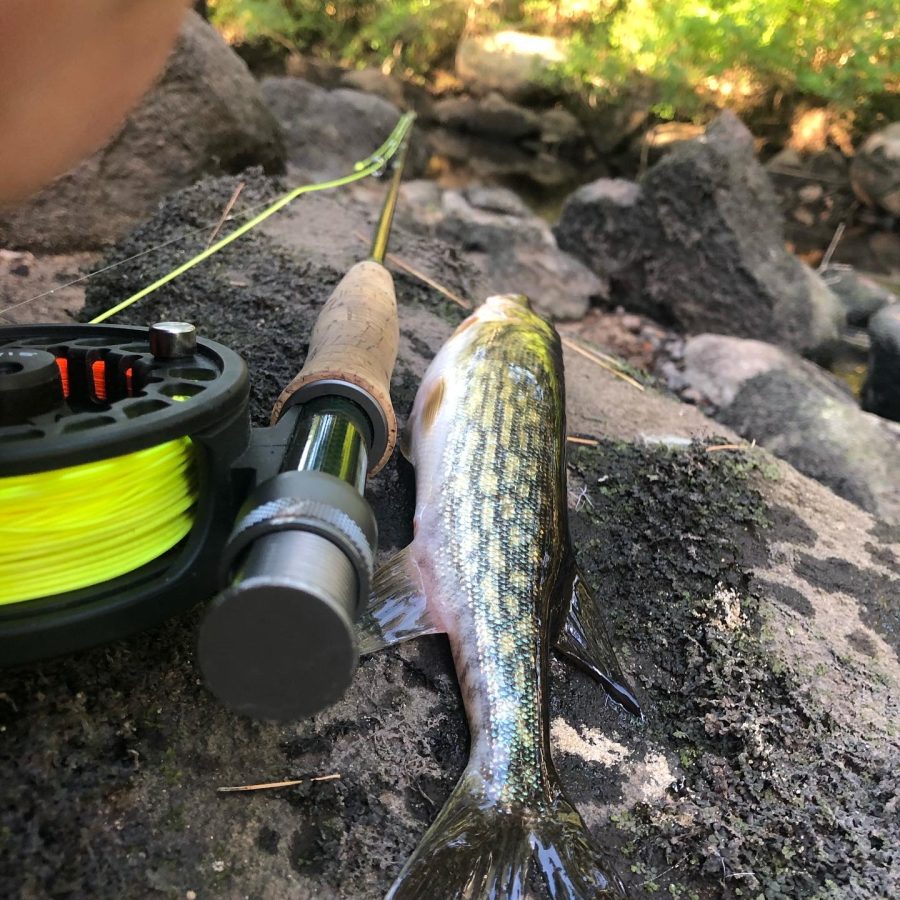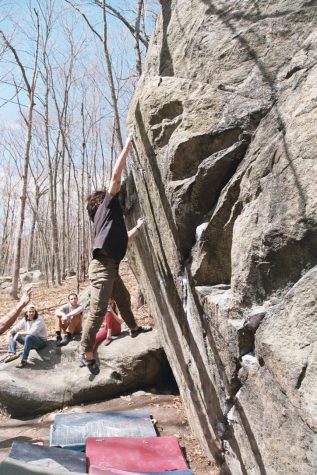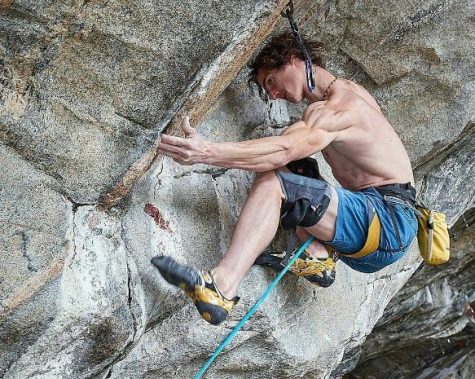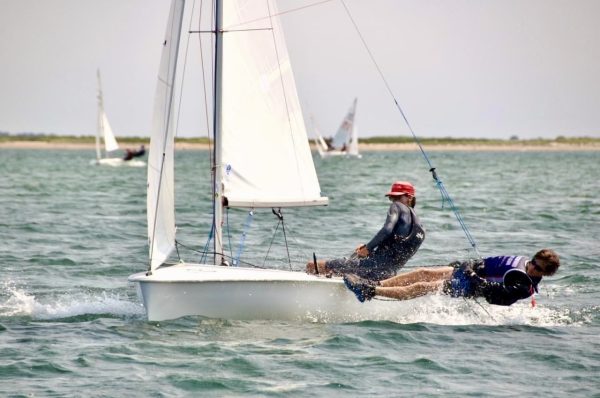Blog 1: Bluelining: A Burgeoning American Pastime
Gently pulling pricker bushes off of my blue barn coat, Disheveled from the mile long walk through almost complete New England jungle, I had set upon a slight opening in the overburdening brush, and I ventured closer. Sliding my fly rod coyishly under some overhanging brush, and onto a steep muddied bank, I soon followed, crawling on all fours to finally free myself from the tangle of the woods, and was awarded with a tannin stained stream, slowly billowing out into a bend just a few dozen feet ahead. I had finally made it to my destination, out of sight, and completely untouched from human activity.
Bluelining, a term used to describe the act of seeking out thin streams and stretches of river, usually through the use of Google Earth and Google Maps, venturing to these areas, (often remote) and attempting to persuade the local aquatic inhabitants to bite your lure, has become a popular niche in some fly and spin fishing forums. Often associated with small fish, long hikes, and unstable conditions, bluelining for many is seen as an endeavor that is not worthwhile; however to many, it is the most rewarding adventure one could happen upon.
While Bluelining is a national phenomenon, Its prevalence is mainly focused in the Northeast – with areas of the Appalachians also popular for the activity.
As most of the locations sought out for bluelining stem off of smaller brooks and streams flowing off of larger rivers, these locations remain relatively unexplored by most anglers, hikers, and campers, and for the most part are uncharted territory. The unpredictability and uncertainty of pursuing what may well be nothing more than a dried riverbed, is, ultimately, enticing to many.
Bluelinings objective varies from angler to angler – for some it’s the adventure, other the serenity of the location, the specificity of technique and fish species, and much more. There is an inclusion of many different aspects of outdoor recreation within one activity. Me personally, I find a mix of every aspect to really hone together a fulfilling day out by the stream.
Locally, In Massachusetts, the main target for blueliners is the Brook Trout (Salvelinus fontinalis) a native trout that has had its range shrink considerably with warming temperatures and nitrogen dumping into many of the states small streams, that at one point would have been a suburban blueliners dream. Nowadays, these streams seldom hold fish, but when they do, common species include Chain and Redfin Pickerel (Esox Niger / Americanus) (the species I target locally), a multitude of sunfishes and other smaller species.
Most often, Bluelining is a fly fisherman-centered endeavor. Due to a fly rods ability to cast miniscule, light lures, which can mimic forage ranging from small fish, to worms, to a multitude of insects, both land and water faring, making it an advantageous choice when making the journey up to a secluded brook. However, spin fishing is not uncommon either, while considerably less popular, is still used, with short, ultra light graphite rods paired with 500 size reels (smallest commercially available) and with equally light spinners, minnows, and jigs, and traditional worm and hook, these methods also tempt the wild fish into biting.
Brook Trout remain the most popular species to pursue for many reasons, they’re difficult to locate, let alone catch, is a hallmark of many gamefish that would be reserved for the likes of larger sport fishes in the southern United States. Paired with their decreasing range, and difficulty to find in size entices many to make long treks to the mountain streams in Vermont, Maine, New Hampshire, and Western Massachusetts, and even many middle/southern states.
Bluelining incorporates into one many fundamentals of what can be considered an American pastime – adventure, purpose, connection with nature, and the world around you, and can quickly become an hours-long undertaking. While it still remains a niche in the fishing community, bluelining is quickly increasing in popularity across the country. So if you ever find yourself on a hiking trip, or maybe on a lazy summer day, pick up that rod, scroll through google earth, and explore your local bluelines. You may be pleasantly surprised in more ways than one.











